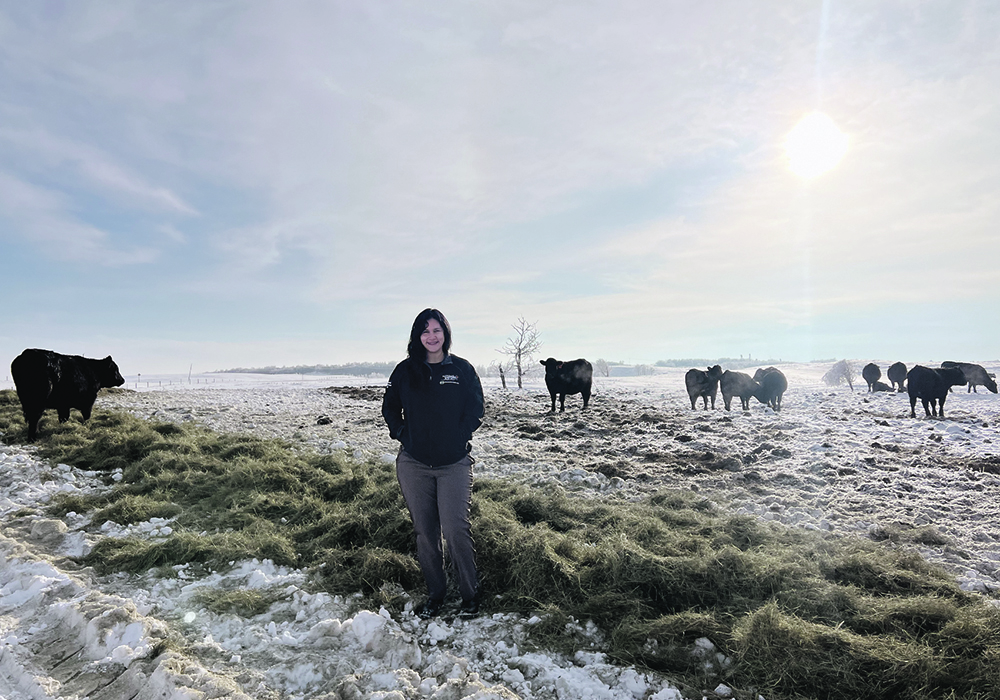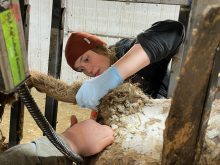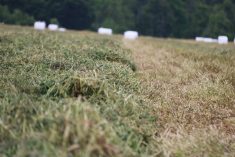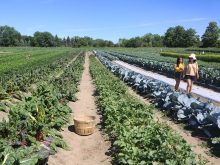University of Alberta research will compare the effect of temperature extremes in the same cattle under natural conditions
Scientists are trying to determine if cattle in Alberta being selected as more feed efficient are also more resilient at coping with extremes in heat and cold.
“Our cows here, they are exposed throughout the year to these huge variations in temperature, and we need to look at them and see what’s going on,” said Gleise Silva, the first Beef Cattle Research Council Hays Chair in Beef Production Systems at the University of Alberta.
Her interest was partly sparked by record-breaking heat waves and drought that affected Alberta in 2021 after she arrived in the province. Cattle producers were forced to reduce their herds due to lack of feed.
Read Also
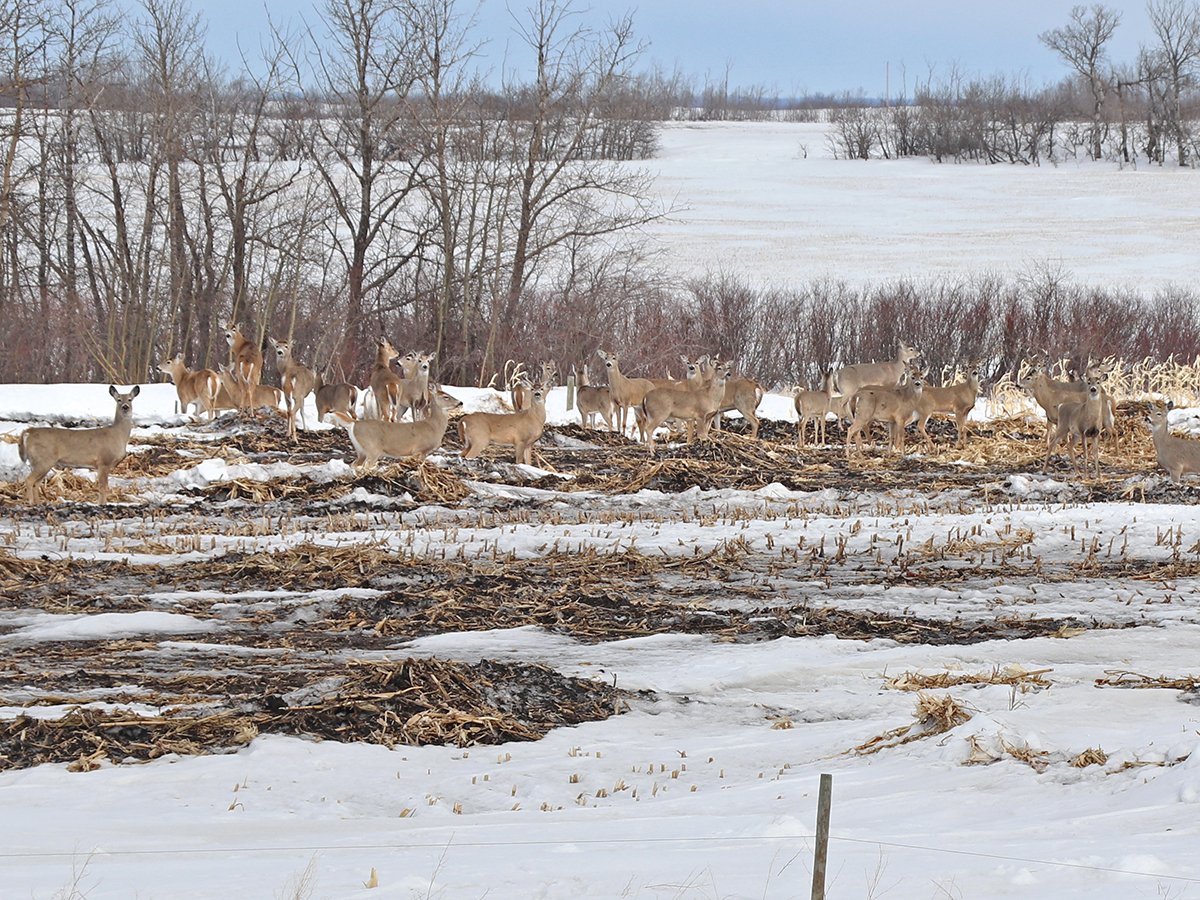
Foot-and-mouth disease planning must account for wildlife
Our country’s classification as FMD-free by the World Organization for Animal Health has significant and important implications for accessing foreign markets.
“It was also a pretty cold winter,” said Silva, who is originally from Brazil. “Everybody was asking me how I would handle my first winter, and so one day I was wondering about the cows because the same cows are facing winter, and they are also exposed to summer temperatures.”
The study will be one of the first to compare the effect of temperature extremes in the same cattle under natural conditions. Silva wants to figure out if producers who are breeding for cattle that are more feed efficient could also potentially be selecting for cattle that are more thermotolerant.
She conducted a similar study in Florida that showed heifers that better tolerated tropical temperatures were also feed efficient. She hopes her latest project will help Canadian ranchers discern which cattle should be kept for breeding.
Researchers also hope to uncover possible management strategies that could help producers promote the well-being and productivity of their animals, she said. These could include planning stress abatement strategies, such as providing more water and shade in pastures during the summer, or windbreaks in the winter, said a university statement.
Alberta contains about 40 percent of Canada’s national herd of cattle. Silva and a team of graduate students will monitor 49 animals at the university’s Roy Berg Kinsella Research Ranch, about 150 kilometres southeast of Edmonton, said the statement.
The project will involve crossbred heifers with black coats, which is a common colour at beef operations in Western Canada, said Silva. The initiative will wrap up in March after spending one year examining the physiological, metabolic and behavioural reactions of the animals.
Silva hopes to determine whether the cattle can maintain their breeding success, immunity and weight. Making adjustments to extremely hot or cold weather can be stressful for cattle, resulting in producers having to provide more winter feed or seeing a decline in reproduction rates in their herds due to heat exhaustion, said the university statement.
The University of Alberta has a long history of studying feed efficiency in cattle, said Silva.
“Why not combine my expertise on stress mitigation with a little a bit of the genetic work done at the U of A, and look at cows with different feed classifications to see if they can tolerate or cope with weather differently?”
John Church of Thompson Rivers University in Kamloops said he is seeking in a separate project from Silva to develop a new composite breed of cattle. He hopes it will be able to better handle “these incredible climatic extremes, which will no doubt get worse in the future.”
Such abilities must be accomplished without compromising meat quality, he said.
“You’ve probably heard of the Droughtmaster in Australia,” he said, referring to cattle bred to withstand conditions on that continent. “We’re hoping to develop an animal we’re calling the Climatemaster.”


